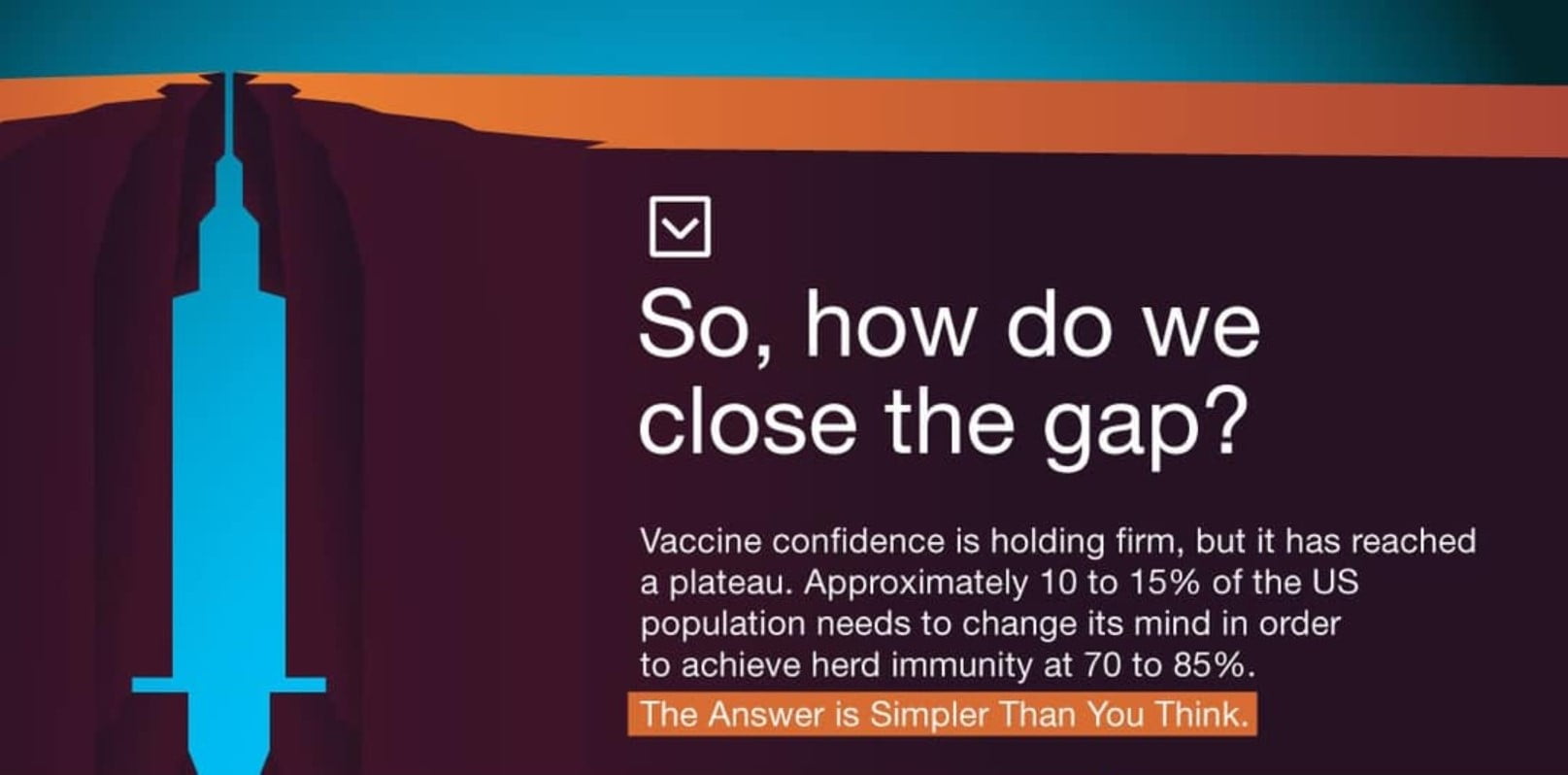Since early last year, the world has prayed for a vaccine to end their coronavirus troubles. Now several have arrived, and America faces a new hurdle to ending the reign of COVID-19: vaccine hesitancy. While confidence in the vaccines are holding firm, they have reached a plateau; if the US population is to achieve herd immunity with 70 to 85% immunization, they need 10 to 15% of their people to change their minds about getting a shot. How do they do it? The path ahead may be deceptively simple.
Q1 2021 hedge fund letters, conferences and more
The first question to answer is which groups are less likely to vaccinate than others. While living in a rural area or being Black/African American both decrease vaccine confidence slightly, nothing is so dramatic a damper as a right-leaning political affiliation. Other political groups all have close to or above 90% likelihood to vaccinate, but the citizens who identify with the political right sit at 65%. It is worth noting, however, that this number has increased dramatically since December 2020, when it sat at 41%.
Why might these people not want a COVID vaccine? The most common reasons cited are freedom of choice and concern for the side effects the vaccine may cause. In the minds of some, the risks posed by coronavirus are not severe enough to outweigh the inconvenience and risk of taking one of the vaccines. Despite these concerns, more than 80% of all political affiliation groups believe America can achieve broad immunity to the virus. The key to making everyone’s dreams of putting the virus behind us come true is to encourage vaccine confidence across the board.
Closing the confidence gap will require three major things to happen. First, governments and companies should offer incentives that resonate with their vaccine hesitant citizens. West Virginia, a conservative state with a high percentage of elderly citizens vulnerable to COVID-19, is exploring financial incentives they can offer to those who get a shot. Second, convenience is key to many. Shifting from mass vaccination sites to local healthcare providers increases both ease of access and confidence in vaccine-hesitant populations. Many are likely to get the shot if their trusted family doctor will give it to them. Finally, one must surround the vaccine with a positive dialogue. Don’t invoke politicians. Instead, focus on the personal and economic benefits vaccines bring people. With these steps, confidence and freedom of choice can coexist.
Infographic source: Realchemistry.com







